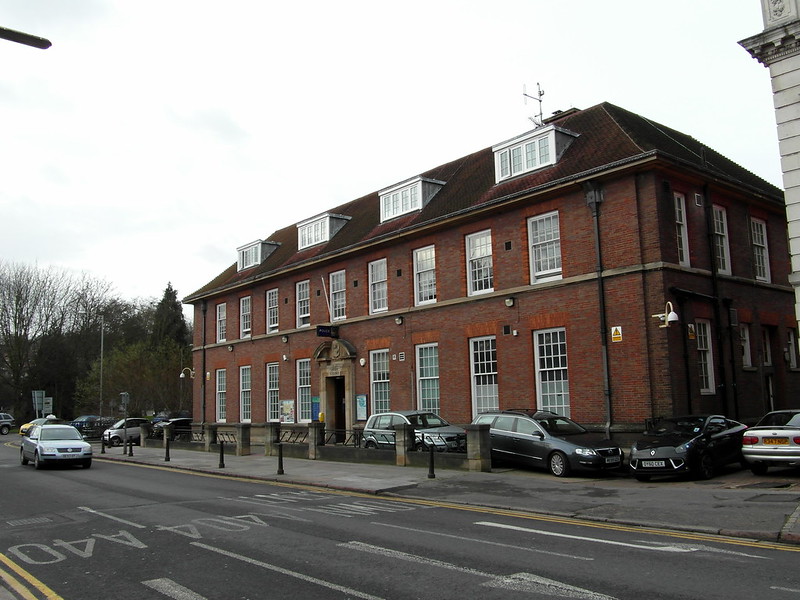Local interest was stimulated by a mention in the Wycombe & South Bucks Star newspaper by Alan Cleaver: “There is…a record of a holy well existing in High Wycombe in the eleventh century but where it was, how it was worshipped and if it was connected with St Wulstan is uncertain. Perhaps a reader can tell us if there is a link with Holywell Mead besides Bassetsbury Manor”.
We know there was a holy well at High Wycombe for, as the Buckinghamshire section of the Victoria County History of the Counties and England puts it “…nearly a century after St Wulfstan’s death St Hugh of Avalon, Bishop of Lincoln, put a stop to well worship at High Wycombe”. From the lives of SS Wulfstan and Hugh this action can be dated to the end of the twelfth century. The location of the holy well is less certain.
What used to be called holy wells were in fact often springs, but no obvious site is to be found today on Holywell Mead. Also a number of springs/ancient wells have been found in other parts of Wycombe, some of which have been proposed as being the holy well. When the evidence is examined there is a very strong case of the holy well having been on Holywell Mead. However brief notes on the different possible locations are given below.

David Shimell
I was outside the lido at Wycombe yesterday and asked why there was a marshy patch outside the reception entrance and was told that it often floods there with water rising out of the ground. Surely this would indicate an underground spring there, maybe once known as a well and maybe the whole reason for the swimming pool being there in the first place. Could it possibly be direcly under the pool? Maybe a roman pool with villa built around it? Isn’t that how they used to do it ? Maybe the concrete lining of today’s pool is forcing the water out in front of hte building nowadays?